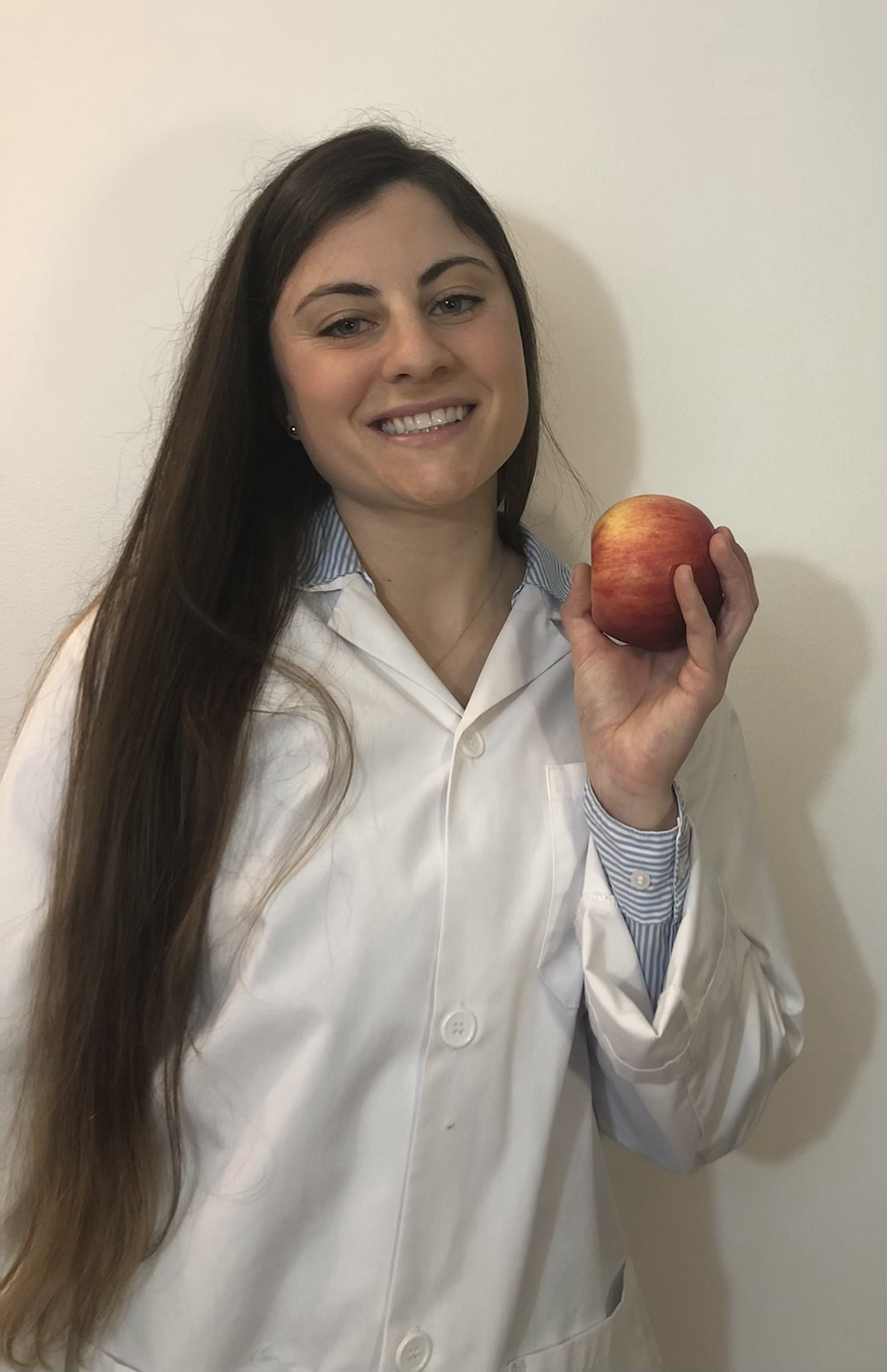5 Tips To Better Manage Diabetes
- Karine Drouin

- Feb 1, 2021
- 2 min read

1- Know how to recognize your hypoglycemia symptoms.
Knowing how to recognize our hypoglycemia symptoms and knowing how to treat them is crucial. In addition, it would be important to keep those around you informed of the situation, inform them of the apparent signs of a hypoglycemia episode and explain to them what to do when they recognize these signs.
Signs of hypoglycemia:
Mild hypoglycemia: sweating, anxiety, tremors, hunger, palpitation and fainting.
Severe hypoglycemia: fatigue, headache, difficulty communicating, dizziness, lightheadedness, trouble concentrating, confusion, blurred vision, convulsions, fainting and coma. (E.F. Brutsaert, 2019)
2- Always have a snack on hand.
With a snack, hypoglycemia can be prevented if the next meal is delayed, if you have done a physical activity, etc. The best snacks are about 15 to 30 g of carbohydrate and contain proteins.
Examples of snacks:
0.5 cup of cottage cheese with a medium-sized fruit;
1 slice of whole grain bread with 1 tablespoon of nut butter;
3 tablespoons of nut mix (1:3 dried fruit for nuts);
1 cup of fortified soy beverage (Dietitians of Canada, 2016)
For more ideas, see this link: https://www.unlockfood.ca/fr/Articles/La-prevention-du-diabete/Idees-de-collation-saine-pour-les-personnes-atteintes-de- type 2 diabetes -–- snacks.aspx
3- Never skip meals.
To regulate your blood sugar, it is important to eat at regular times. You should not go more than 6 hours without eating, otherwise you can risk hypoglycemia.
4- Do moderate physical activity after meals.
During and after physical activity, cells are more sensitive to insulin. So the blood sugar generally decreases. It allows our blood sugar not to rise too high.
5- Have balanced meals.
A balanced plate is just like the healthy plate in Canada’s Food Guide. Half the plate should consist of vegetables, a quarter of protein sources and the rest of starches.

(Health Canada)
Knowing how to count your carbohydrates is an asset for optimal management of your diabetes with insulin. With the help of a dietitian, you will be well guided to eat a diet that is best for you.
Karine Drouin RD
Références
Brutsaert, E.F. (Mai 2019). Hypoglycémie. Retrouvé le 14 Janvier 2021 au https://www.merckmanuals.com/fr-ca/accueil/troubles-hormonaux-et-métaboliques/diabète-sucré-ds-et-troubles-du-métabolisme-de-la-glycémie/hypoglycémie
Gouvernement du Québec. (2014). Coup d'œil sur l’alimentation de la personne diabétique. Retrouvé le 14 Janvier 2021 au https://www.diabete.qc.ca/wp-content/uploads/2014/08/Coup-doeil-2.pdf
Les diététistes du Canada. (Octobre 2016). Idées de collation saine pour les personnes atteintes de diabète de type 2 – petites collations. Retrouvé le 14 Janvier 2021 au https://www.unlockfood.ca/fr/Articles/La-prevention-du-diabete/Idees-de-collation-saine-pour-les-personnes-atteintes-de-diabete-de-type-2-–-petites-collations.aspx
Santé Canada. (2021). Food Guide Snapshot. Retrouvé le 21 mars 2021 au https://food-guide.canada.ca/en/food-guide-snapshot/



Comments